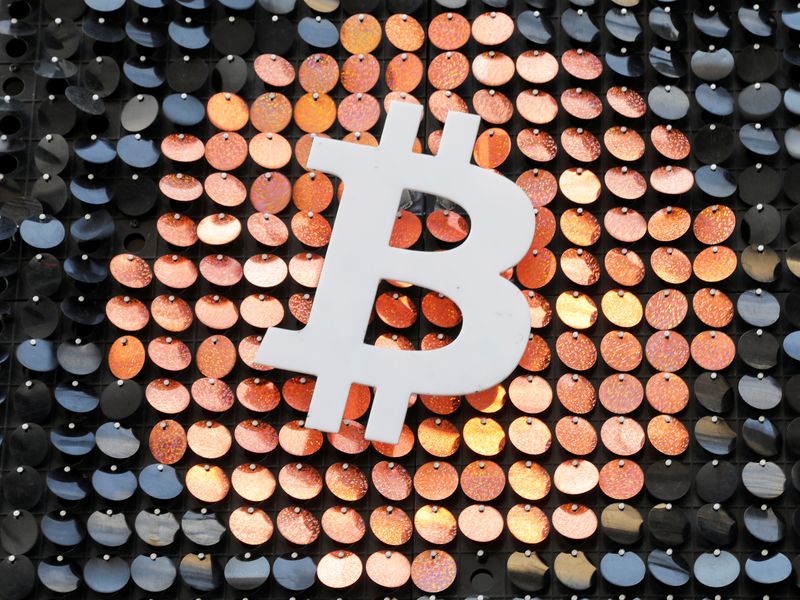Bitcoin halving is a significant event that occurs approximately every four years, cutting in half the reward for mining new blocks. Given the importance of this development, many crypto investors are already in the ‘Bitcoin halving countdown’ mode. The next Bitcoin halving event is expected to take place on or around April 20.
What is Bitcoin halving?
This mechanism is built into Bitcoin's code to control the creation of new bitcoins, ensuring the total supply will never exceed 21 million.
The halving aims to mimic the effect of gold mining becoming more difficult over time, thereby introducing scarcity to the digital currency. As the mining reward decreases, the rate of new bitcoin entering circulation slows down, which can influence Bitcoin's price due to the reduced supply.
Historically, halving events have led to increased Bitcoin prices, as the reduced supply of new bitcoins coming into circulation makes existing coins more valuable, assuming demand remains constant or increases.
Ken Timsit, Managing Director at Cronos Labs, offered his view on the upcoming Bitcoin halving event.
"The process is becoming less about the mechanics and more about the expectations and the narrative that Bitcoin’s supply is capped at 21 million," he told Investing.com.
He added that halving historically led to reduced selling pressure from validators and a subsequent price increase. He also highlighted the growing anticipation of bull runs and the importance of the scarcity narrative in driving market dynamics.
It is not all about Bitcoin price
Bitcoin halving’s concerns extend beyond the usual price speculations to the impact on the network's security. The process not only decreases the rate of new Bitcoin creation, but also brings questions regarding the network's resilience against security threats.
Experts point out that the reduction in mining rewards could lead to smaller miners exiting the market. This withdrawal may result in lower hash rates, a measure of the computational power being used to validate and secure transactions on the blockchain.
A diminished hash rate could, theoretically, make Bitcoin more susceptible to attacks, including the dreaded 51% attack, where a single entity could gain control over the majority of mining power and manipulate the network.
Despite these concerns, Timsit believes the next Bitcoin halving will further cement the crypto community's trust in blockchain technology's reliability and its governance by immutable code. "It’s a reinforcement of the principle that code is law, which is unprecedented in the history of humanity," he stated.
Timsit also discussed the positive ripple effects on the adoption and sentiment towards various blockchain networks.
With increasing institutional interest in Bitcoin, Timsit pointed out regulatory uncertainty as a major challenge to the wider acceptance and integration of cryptocurrencies.
“Nowadays, the biggest challenge to Web3 adoption is the lack of regulatory certainty, particularly in the US, despite the encouraging progress made in other regions.”
“A first step towards solving this problem would be for all countries to require that users adopt regulated crypto exchanges for fiat/crypto conversions. This would help to debunk the myth that web3 platforms enable money laundering,” Timsit added.
Bottom line, the crypto expert sees immense opportunities, noting the advancements in blockchain technology that offer faster transactions, lower fees, and carbon neutrality.
